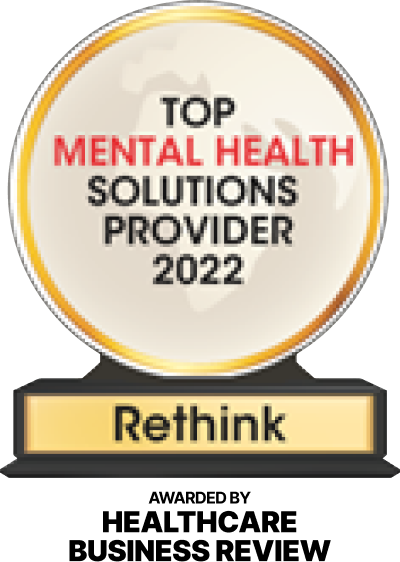Expert surfers sense the exact moment to catch the big wave. Elite rock climbers trust the hold others don’t. World-class musicians experience subtle pauses between notes that most of us miss. In sports and the arts, high achievers know how to tap into a heightened state of confidence, clarity, and connection called flow.
Flow is often referred to as being “in the zone.” According to Steven Kotler and Jamie Wheal, of the Flow Genome Project and authors of Stealing Fire, flow is the peak performance state where you feel your best and perform your best. People in a flow state experience heightened creativity, increased performance and accelerated problem solving.
When in flow you feel mentally alert and deeply embodied—that means you feel fully focused and engaged in whatever it is you’re doing.
Flow feels like a forward moving energy surging from inside, propelling you into plans, projects and conversation your habitual “thinking mind” might not dare go. Flow seems to awaken dormant capacities and untapped insights you might have thought you never had. It enables you to move with a confidence that anything is possible.
If that isn’t good enough, this seemingly magical state is not reserved only for pro-athletes barreling down mountains or concert pianists playing to thousands.
Flow is available to all of us — anytime, anywhere — even at the office.
The even better news is that when in flow we crank out work, really good work. In a 10-year McKinsey study, top executives reported being five times more productive in flow.
Did that last sentence wake you up? Flow can make you 500% more productive. Find more flow at your desk and you’ll be the newly crowned office champion.
How Flow Works
According to Mihály Csíkszentmihályi, author of the classic Flow: The Psychology of Optimal Experience, flow is characterized by complete absorption in what one does and the lost sense of space and time. While flow is often compared to simply paying attention or being present, there’s a bit more to finding flow and staying in it longer. In his research, Csíkszentmihályi found the most predictable way to access flow is when there is a slight sense of challenge involved.
As shown on the Flow Model, if you are working on a mundane task that is easy for you, you’re more likely to get distracted, i.e. jump on social media, check out the news, etc. On the other hand, if the job is too challenging and beyond your skill set, you’re more likely to get frustrated and give up. You’re more likely to trigger flow when your perceived skills match the perceived challenge of the task that you’re doing.
This is really helpful information, especially if you manage people. Daniel Goleman PhD, author of The Brain and Emotional Intelligence recommends adjusting demands to fit the person’s skills. He says, “If you manage people’s work, try to gauge their optimal level of challenge. If they’re under-engaged, increase the challenge in ways that make their work more interesting, for instance by giving a stretch assignment. If they’re overwhelmed, reduce the demand and give them more support (whether emotional or logistic).”
Train Yourself to Flow
Flow triggers, according to the Flow Genome Project, are ways to more predictably access flow. They include being in nature, new environments, contemplative practices, dancing, parties, and the most common flow “hack” — high consequence action sports. You have a handful of your own flow triggers, your unique way of getting into flow. The Flow Genome Project offers a free survey to find out your Flow Profile.
You can also train your brain to be more receptive to the flow state. Practices that enhance concentration and relaxation, such as mindfulness and breathing exercises prime your brain to shift into flow more readily and help you to recognize when you’re not in flow.
Box Breathing
Here’s an easy way to access flow. Practiced daily, Box Breathing can focus and relax in a matter of minutes. Breathing in this way synchronizes your mind and body settling your mind and calming your nervous system. Try it for a few cycles or, better yet, a few minutes.
- Sit with your feet on the floor and your hands palms down on your thighs. Sit upright in a relaxed yet alert posture. Close your eyes.
- Take a breath in through your nose for a count of four.
- Hold your breath for a count of four.
- Exhale out of your nose for a count of four.
- Hold your breath for a count of four. (If the count of four feels too forced or too short, then simply change it. You don’t want to feel as though you are holding your breath for too long.)
- Notice how your belly expands as you breathe in and deflates as you breathe out. This is the work of your diaphragm, your breathing muscle, that lengthens and contracts with every breath you take.
- Repeat for six to eight cycles, or time your practice for at least two minutes.
With heightened clarity you become more aware of what you’re doing and how you’re doing it. Remember, if the task is too easy you may become distracted easily. Pay attention and get the job done quickly. If the job is too challenging, you may get frustrated easily. Pay attention to feelings of anxiety and despair as well. You may need to seek additional support to get the job done. Lastly, notice that sweet spot – when you feel focused and engaged. When you’re so immersed in the activity that you lose your sense of self. When time seems to slow down.
This is flow, the peak performance state when you feel better and perform better.











